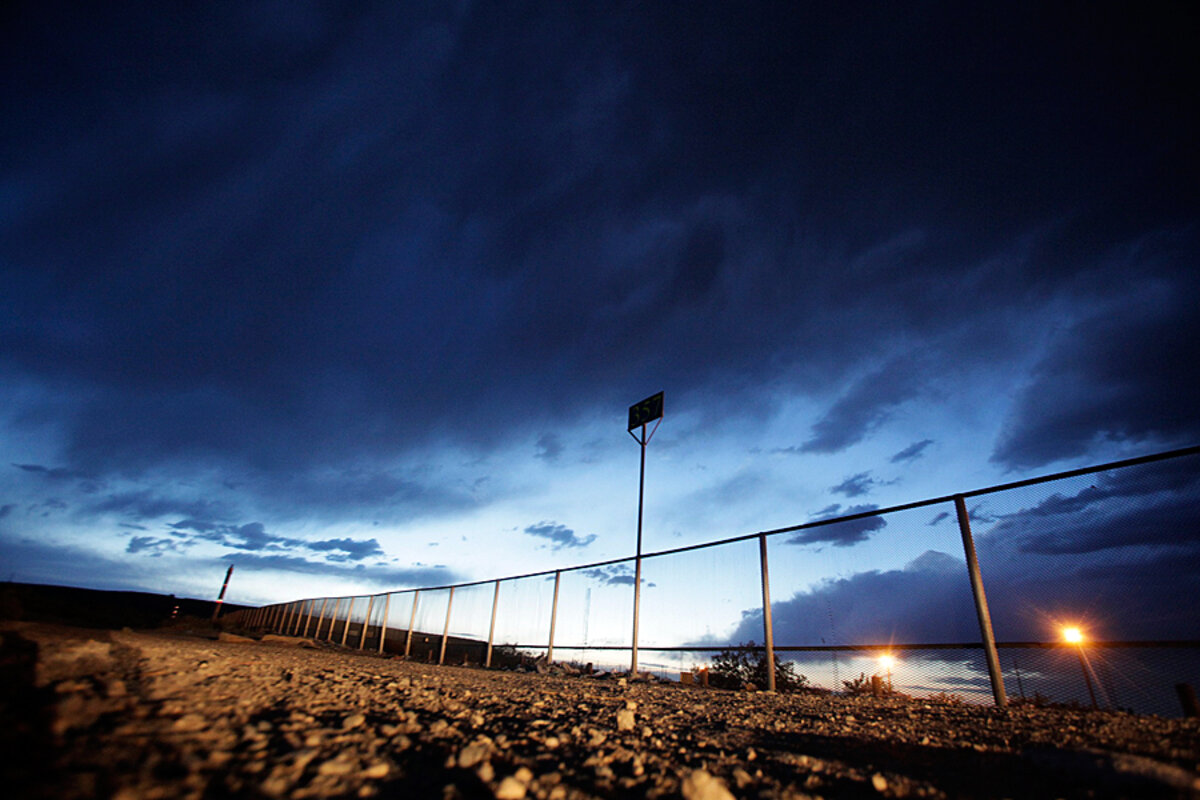What's really needed to slow child migration from Central America
Loading...
ã A version of this post ran on the author's blog, centralamericanpolitics.blogspot.com. The views expressed are the author's own.
The and look at some of the initiatives that the White House plans to launch to deal with the humanitarian crisis [of unaccompanied minors migrating from Latin America across the Mexico-US border]. Here's the press release describing what it intends to do:
In addition to tougher enforcement efforts, the administration announced Friday that it would invest $9.6 million to help Guatemala, El Salvador and Honduras repatriate those sent home from the United States, along with new aid to help improve security in those countries.
That's all well and good but what happens to the families who paid $6,000-$8,000 to have their children sent to the US? I'm not sure what the conditions of the trip were but either they still owe the money (perhaps half) or they've paid for multiple attempts and the returned children will be sent north once again.
ä»
Fox News Latino has an [...] interview with Dan Restrepo, a former chief adviser to the Obama administration on Latin America, entitled . Mr. Restrepo echoes some of the sentiments that I've expressed on this blog regarding the failure on the part of the Central American political and economic elites to do their part in helping to transform the region into a more democratic and prosperous one.
ãItãs convenient when the president of Honduras blames the United States and our drug culture,ã Restrepo said in an interview with Fox News Latino. ãThe Honduran economic and political elite have systematically and historically failed the people of Honduras.ã
The same is true to varying degrees in Guatemala and El Salvador, said Restrepo, who served as principal adviser to Obama from 2008 to 2012 on Latin America, the Caribbean and Canada.
ãThese countries donãt have the rule of law or policing situation to deal with transnational crime,ã said Restrepo, who is a senior fellow at Center for American Progress. ãThe wealthy families, a small number of economic classes, have enjoyed success, and have significant political influence. But they havenãt gone about the hard work of working toward a state that functions.ã
Perhaps after Restrepo and Vice President Joseph Biden's pushing back against the narrative that the immigration crisis is all the US' fault, we can now move back to the rhetoric of .
The immigration crisis has been caused by both historic and more contemporary events and decisions, structural conditions and individual choices, in the US and in the region. It's going to take decades of the US and Central America working together (as well as Mexico) to establish the conditions in the US and the region so that Central Americans will not have to desperately resort to sending/bringing their children to the US with coyotes. We have a shared future, and the sooner we realize that, the more quickly we can move to adopt policies that will work for the 21st Century.
ã Mike Allison is an associate professor in theä»and a member of theä»at theä»in Pennsylvania. ä»You can follow his Central American Politics blog.




